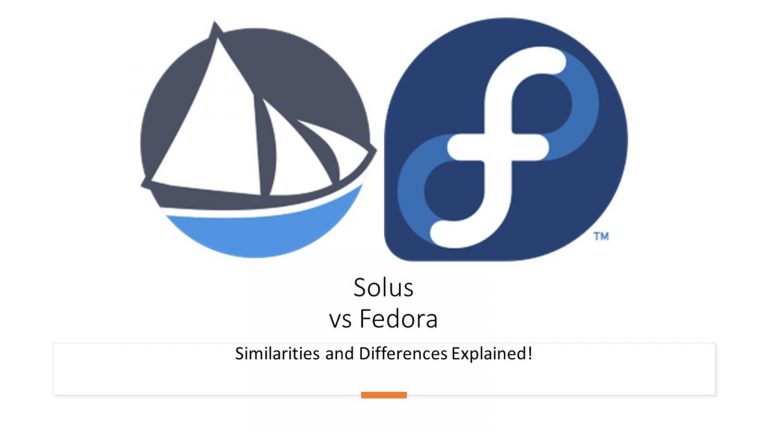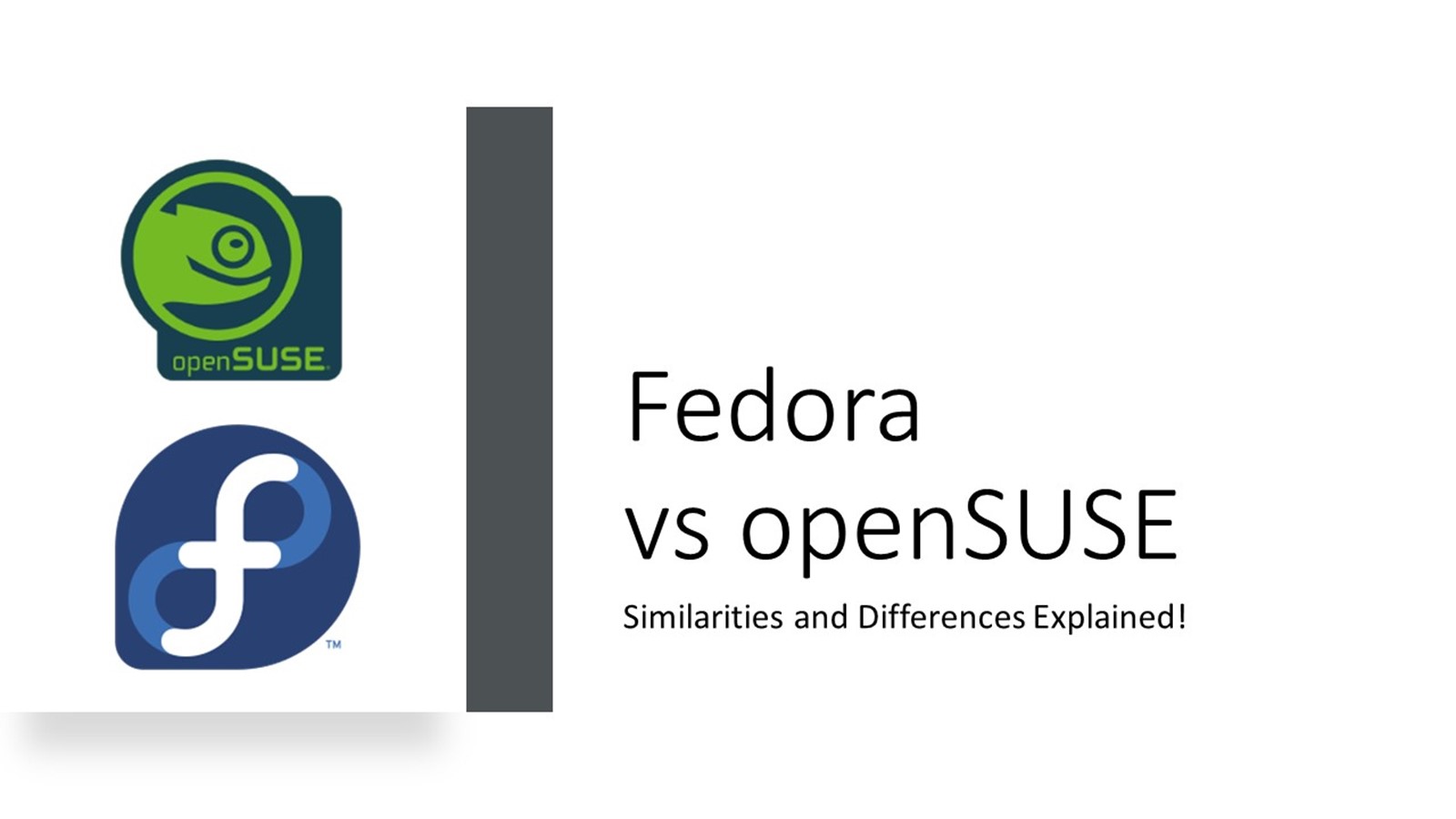Fedora Vs. Solus: Which Is Better For Developers?

Executive Summary

Fedora and Solus are two popular Linux distributions that are both popular with developers. However, there are some key differences between the two distributions that can make one a better choice for developers than the other.

Introduction:
Fedora and Solus are both Linux distributions that are known for their stability, security, and ease of use. However, there are some key differences between the two distributions that make them more or less suitable for developers.
1. Package Management
Fedora: Fedora uses the Red Hat Package Manager (RPM) for package management. RPM is a widely used package management system and it is well-supported by Fedora.
Solus: Solus uses its own package management system called eopkg. Eopkg is a newer package management system than RPM, and it is designed to be more user-friendly.
Comparison: RPM is a more widely used package management system than eopkg, but eopkg is designed to be more user-friendly.
2. Software Repositories
Fedora: Fedora has a large number of software repositories that provide access to thousands of packages. This makes it easy for developers to find and install the software they need.
Solus: Solus has a smaller number of software repositories than Fedora, but it is still possible to find most of the software that developers need.
Comparison: Fedora has a larger number of software repositories than Solus, making it easier to find and install software.
3. Desktop Environments
Fedora: Fedora offers a variety of desktop environments, including GNOME, KDE, and Xfce. This gives developers the flexibility to choose the desktop environment that best suits their needs.
Solus: Solus offers a single desktop environment called Budgie. Budgie is a lightweight and user-friendly desktop environment that is designed for developers.
Comparison: Fedora offers a greater variety of desktop environments than Solus.
4. Support
Fedora: Fedora is supported by Red Hat, which is a large and well-established company. This means that Fedora users have access to a large community of developers and users who can provide support.
Solus: Solus is supported by the Solus Project, which is a small group of developers. This means that Solus users may have less access to support than Fedora users.
Comparison: Fedora is supported by a larger and more well-established community than Solus.
5. Performance
Fedora: Fedora is a relatively lightweight distribution that can run on older hardware. However, it can be slower than some other Linux distributions, such as Solus.
Solus: Solus is a very lightweight distribution that is designed to run on older hardware. It is typically faster than Fedora, but it may not have all the features that some developers need.
Comparison: Solus is typically faster than Fedora, but it may not have all the features that some developers need.
Conclusion:
Fedora and Solus are both good choices for developers. However, the best choice for a particular developer will depend on their individual needs. Developers who need a distribution with a large number of software repositories and a variety of desktop environments may prefer Fedora. Developers who need a lightweight distribution that is fast and easy to use may prefer Solus.
Keyword Phrase Tags:
- Fedora
- Solus
- Linux
- Distribution
- Developers

Could you provide more information about the differences between the two distros? I’m particularly interested in the package management systems and the desktop environments.
The article doesn’t mention anything about the hardware requirements for these distros. I’d like to know if they’re suitable for older computers.
I’m a die-hard Fedora user, and I think it’s the best distro for developers. Solus is just a newbie trying to copy Fedora’s success.
Fedora is too bloated and slow. Solus is much faster and more efficient, and it’s perfect for developers who want a lightweight and responsive system.
I’ve used both Fedora and Solus, and I can’t decide which one is better. They both have their pros and cons.
I think it’s clear that Fedora is the better choice for developers. It has a larger community, more packages, and better documentation.
I don’t really care which distro is better. I just want one that works and doesn’t give me any headaches.
I think the choice between Fedora and Solus depends on the specific needs of the developer. If you need a stable and well-supported system, then Fedora is a good choice. If you want a lightweight and fast system, then Solus is a good choice.
I’m wondering if there’s a way to run both Fedora and Solus on the same computer. I’d like to be able to switch between the two distros depending on my needs.
I’m not really a developer, but I’m interested in learning more about Linux. Which distro would be a good starting point for me?